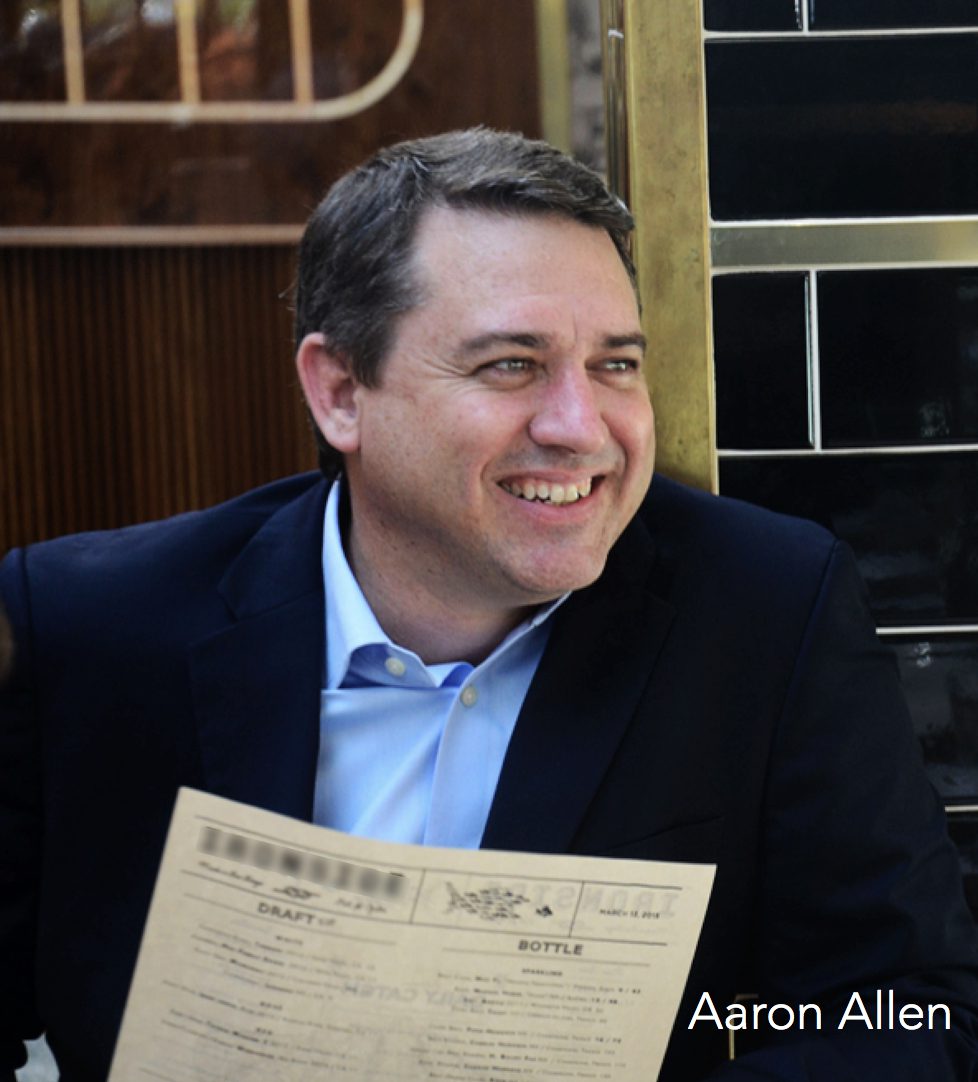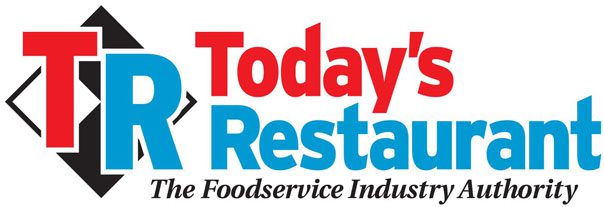
How to Revitalize and Grow a Restaurant Turnaround Now
In the fast-paced world of restaurants, even the strongest brands can stumble. But a well-executed turnaround can bring a business back from the brink. Restaurant turnarounds are critical in an industry where downturns can strike suddenly, turning once-thriving establishments into struggling operations.
At Aaron Allen & Associates, we’ve led numerous successful turnarounds, leveraging decades of industry expertise to guide businesses back to profitability. Here we put together the anatomy of a successful restaurant turnaround.
Understanding the Anatomy of a Restaurant Turnaround
A restaurant turnaround is a multifaceted process requiring a blend of financial acumen, operational expertise, and strategic marketing. Let’s explore the critical steps involved.
- Assessing the Situation: The Foundation of Recovery
The first step in any successful turnaround is a thorough assessment of the current state of the business. This involves diving deep into financials, operational data, customer feedback, and market conditions. Key areas of focus include:
- Unit-Level Economics: Understanding the profitability of each location. For example, Wendy’s employed a strategy of closing or restructuring underperforming locations, which was essential in their turnaround efforts during the 2010s.
- Menu Performance: Identifying high-margin items and eliminating those that drain resources. Pizza Hut, during its early 2010s turnaround, streamlined its menu to focus on core offerings, boosting profitability.
- Customer Experience: Gathering and analyzing customer feedback helps pinpoint areas for improvement. After its food safety crisis, Chipotle focused on restoring customer trust through enhanced food safety measures and a renewed emphasis on quality, which played a crucial role in its recovery.
- Strategic Planning: Crafting a Roadmap for Success
With a clear understanding of the issues at hand, the next step is to develop a comprehensive turnaround plan addressing all critical aspects of the business, including:
- Cash Flow Management: Stabilizing cash flow is often the first priority. For instance, Burger King’s turnaround under 3G Capital involved aggressive cost-cutting measures and a focus on improving cash flow by reducing unnecessary expenses.
- Operational Efficiency: Streamlining operations to reduce waste and improve productivity is essential. Arby’s revitalization during the mid-2010s is a prime example, where the brand focused on operational efficiencies and rebranding to reconnect with its core audience.
- Marketing and Branding: Repositioning the brand to attract customers and improve market share is a key component of any turnaround. Nando’s, for example, leveraged its South African roots and vibrant brand personality to expand globally, repositioning itself as a leader in the casual dining space.
- Execution: Bringing the Plan to Life
Executing the turnaround plan requires disciplined implementation and continuous monitoring. Key strategies include:
- Prioritizing Quick Wins: Focus on actions that can deliver immediate results. KFC, during its recent turnaround, introduced innovative marketing campaigns and menu offerings that quickly resonated with consumers, driving a swift recovery in sales.
- Maintaining Flexibility: Adapt strategies as new challenges or opportunities arise. Domino’s Pizza’s “Pizza Turnaround” campaign in 2009 is a classic example, where the company overhauled its product and marketing strategy in response to customer feedback, leading to a significant rebound.
- Ensuring Accountability: Assigning clear roles and responsibilities is critical to maintaining alignment and ensuring successful execution. Ford Motor Company’s turnaround under Alan Mulally demonstrated the importance of transparency and accountability.
The Role of External Advisors: When to Seek Expert Help
External advisors can provide critical support. Bringing in an outsider’s perspective can help identify blind spots and accelerate the recovery process.
- Board/Investor Concerns: If the board or current investors think the existing team lacks experience in turnarounds or is resistant to change, external advisors can provide fresh insights and drive necessary transformations.
- Rapid Decline: When a business is in free fall, immediate and decisive action is needed. Chrysler’s turnaround, led by Lee Iacocca, involved rapid intervention to stabilize the company’s finances and operations.
- Complex Challenges: Multifaceted issues, such as those faced by Starbucks in the coffee category during its late 2000s turnaround, require specialized expertise. External advisors can help navigate these complexities, ensuring that all aspects of the business are addressed while the CEO is too busy with the day-to-day.
Measuring Success: The Timeline and Cost of a Turnaround
A restaurant turnaround is not an overnight process. It typically takes 12 to 24 months to see substantial results, although early improvements may be visible within the first few months. The cost of a turnaround can vary based on the size and complexity of the business, but it generally includes consulting fees, operational investments, and marketing expenses.
Take Action Before It’s Too Late
In the high-stakes world of restaurant turnarounds, waiting too long to take action is costly. Whether you’re an investor looking to protect your capital or a business leader facing declining performance, a proactive approach is critical. The anatomy of a successful turnaround typically follows a few critical phases.
First, you start with diagnostics. This is where you assess the situation in detail: financial health, operational inefficiencies, market positioning, and brand perception. It’s essential to understand the root causes of the challenges—whether it’s declining sales, high costs, poor customer satisfaction, or all of the above. Data collection and analysis are key here, as they will inform every subsequent step.
Next comes the design phase. Based on the diagnostics, you develop a strategic plan to address the identified issues. This often involves rethinking the menu, renegotiating with suppliers, optimizing labor costs, and refreshing the brand’s marketing approach. It might also mean overhauling management structures or even re-evaluating the restaurant’s location. The design phase is about setting the course for recovery, with clearly defined goals and milestones.
The third phase is deployment. This is where the rubber meets the road. The strategic plan is implemented, often with immediate changes to stop the bleeding — like cutting unprofitable menu items, reducing waste, or revamping customer service training. It’s also where longer-term initiatives start, such as marketing campaigns, menu redevelopment, or capital improvements.
Finally, there’s the debrief and refine phase. Once the plan is in motion, continuous monitoring is essential. The market and business conditions might change, so the plan needs to be adaptable. This phase involves reviewing performance data, making adjustments, and ensuring that the restaurant remains on a path to sustained profitability and growth.
About Aaron Allen & Associates
Aaron Allen & Associates is a global restaurant consultancy specializing in brand strategy, turnarounds, and value enhancement. We have worked with a wide range of clients including multibillion-dollar chains, hotels, manufacturers, associations and prestigious private equity firms.
We help clients imagine, articulate, and realize a compelling vision of the future, align and cascade resources, and engage and enroll shareholders and stakeholders alike to develop multi-year roadmaps that bridge the gap between current-state conditions and future-state ambitions. Learn More.
To read more great articles, please visit www.trnusa.com





Recent Comments